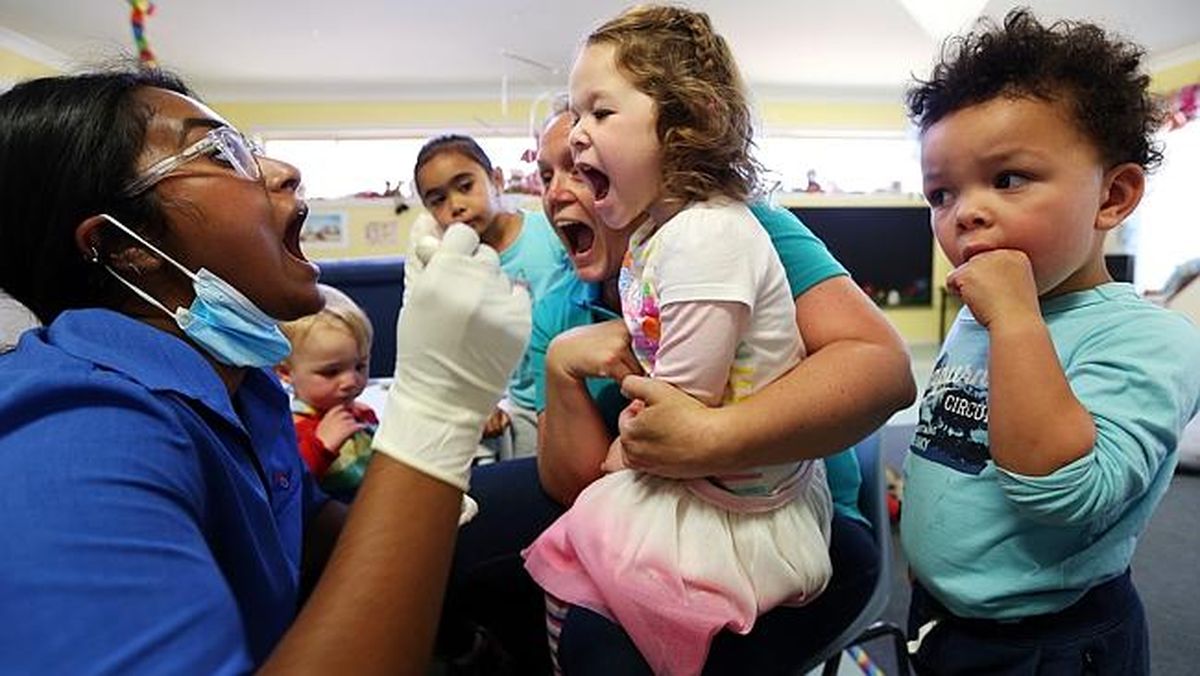

Oral health and dental care access disparities between the city and the bush include:
- Childhood cavities are 55% higher for remote area children than children in major cities, and the number of filled teeth inremote area children is double that of city children.
- A quarter (23%) of adults in major cities have untreated tooth decay, but this rises to one third (37%) of remote arearesidents;
- More than half (57%) of Indigenous Australians have one or more teeth affected by decay;
- Six in ten (63%) major city adults visited a dentist in a year, compared to little more than four in ten (45%) visiting a dentist in remote areas;
- One in three (33%) remote area residents had a tooth extraction in a year compared to little more than one in ten (12%) people from major cities;
Cities have three times as many working dentists than country areas, with 72 dentists for every 100,000 people in cities compared to only 22 for every 100,000 people in the country.
Royal Flying Doctor Service of Australia CEO Martin Laverty said "No one will be surprised there are more dentists in cities than in the bush. However, a consequence is greater decay in mouths of country people, particularly children. This decay is entirely preventable, and it's making people sick.
The President of the National Farmers' Federation, Mr Brett Finlay, stands with the RFDS on the issue of country dental health services. "Thousands of farming families like mine live and work in rural Australia. Distance means we don't always have the everyday convenience of services at our door step. But no matter where you live, everyone needs ready access to social infrastructure, like health and education", he said.
Dr Michael Foley, Director of the Brisbane Dental Hospital said "Australians living regionally and remotely are more likely to experience adverse health outcomes than Australians living in capital cities. Oral health is no exception. Many factors contribute to poorer oral health, and lack of easy access to treatment and preventive services exacerbates health inequities. I commend the Royal Flying Doctor Service for raising awareness of these issues and offering solutions.
The RFDS provided dental treatment to 11,519 country residents in the 2013/14 financial year. If extra charitable funding can be secured, the RFDS expects to provide dental treatment to around 15,000 people in the current financial year.
The RFDS research report, Filling the gap: disparities in oral health access and outcomes between major cities and remote and rural Australia, has been published and is also available for download using the button below.

